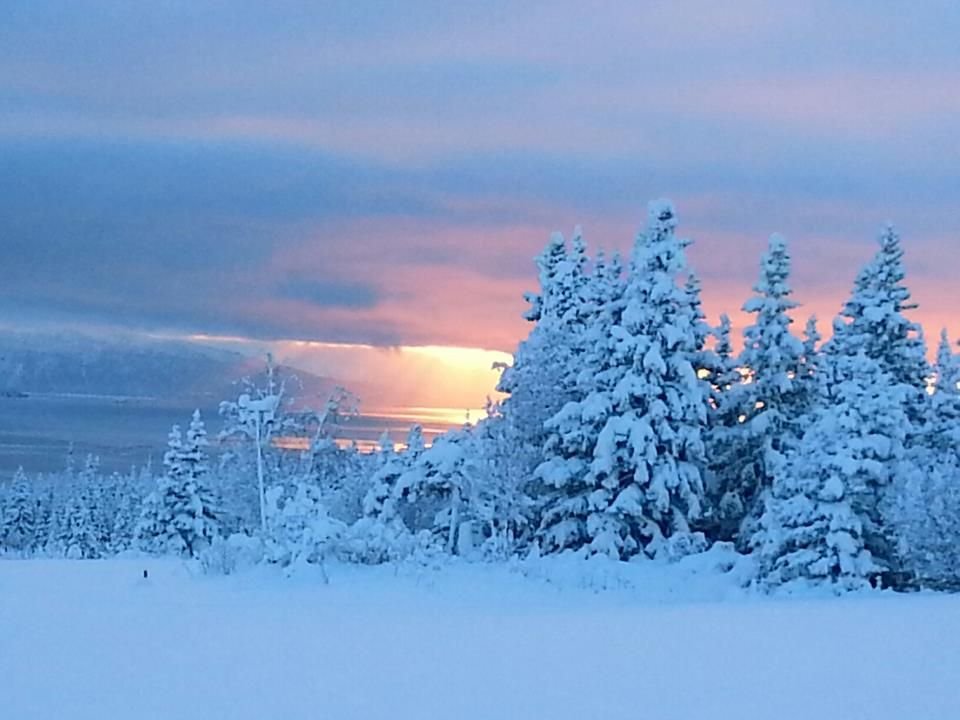-
Posts
29,279 -
Joined
-
Last visited
Content Type
Profiles
Blogs
Forums
American Weather
Media Demo
Store
Gallery
Posts posted by WinterWxLuvr
-
-
Can we lock this in Feb 29?
-
 3
3
-
-
When talk breaks out in October about the PV, it could signal a long season

-
5 hours ago, showmethesnow said:
Nothing in your face about what the GEFS is now throwing at us but this is a very workable look during the winter (probably still a month too soon at this point though). Also a good example of why you don't just look at indices alone but you also need to see the bigger picture and see how all the pieces are interacting. Through this 5 day time period at the end of the extended we are seeing a weak -AO, a neutral NAO, a weak -EPO moving neutral, a moderate -WPO, and a neutral PNA. Looking at these indice values alone you would probably MEH our chances. And yet put them together and I would put our chances of scoring better then average during the winter. The EPS doesn't look as promising, in fact it probably favors the GL into the interior of the NE, but it really isn't that far from being workable look as well.
Now the differences between the GEFS and the EPS on the flow through the CONUS are minimal at best so one may ask why one looks better then the other. So I thought I would throw up what is causing this slight difference. If you look at the GEFS below and look around Alaska we are seeing the upper latitude ridging setting up through the Aleutians with troughing to the east through Alaska. What this is creating is a flat PAC flow underneath that into the US. Over top of that feature we are seeing the N Stream dumping down into the US. This flat PAC flow is helping to divert any energy streaming down the N Stream to the east instead of allowing energy to move towards and strengthening the weakness/trough we see in the Southwest. Subsequently we are seeing the upper latitude trough setting up through the Midwest in a favorable local for our region.
But look what we are seeing with the EPS. The ridging and troughing up around Alaska are flipped. What this is allowing is ridging to develop off of the west coast in the PAC flow which in turn favors troughing to develop to its east. Think of this tendency for troughing as an invite for any energy flowing down the N Stream to go visit the weakness we see in the SW. And in fact this is what we are seeing on the EPS. Now the ridging and troughing on the west coast aren't extreme so we are only seeing a partial dump of N Stream energy into the SW. But this partial dump is enough to strengthen the troughing just enough to see a subsequent bump of heights in the southeast CONUS (black circle) that we do not see on the GEFS. One other thing you will note is that this partial dump in energy in the SW is also skewing the upper latitude trough westward away from the Midwest that we see on the GEFS. This whole setup alters the flow in the east and shifts it northwards. Now as I said the EPS is close, it wouldn't take much to flip its current look into a workable look as well. Then again, it wouldn't take much to flip the GEFS as well. Just a little bit of energy gets dumped into the southwest from the N Stream and we end up with the EPS scenario.
The biggest difference I see is basically the ridge position over Alaska. Across the continental US the flow is very similar. Both look like an opportunity of some southern stream energy to flow along the southern border into an east coast trough. Not a bad setup imo. I think people also tend to be swayed by the colors on those maps. If I can read a map scale properly, that height anomaly over the se amounts to about 50 feet above normal for that pressure level. Doubt that that is significant. The flow looks good on both. Now what it might evolve into is another story and one I wouldn’t even venture a guess about.
-
53 minutes ago, mattie g said:
Did we?
Well, my neighbor and I did
-
Well, we did have a pretty good snowstorm last year on Nov 15. Not impossible.
-
KOKV with several obs of 32
-
 3
3
-
-
6 minutes ago, mattie g said:
Doesn't help that there was wind and clouds to keep the temp up overnight. And most people don't give a flying F about nighttime temps - we know what it feels like during the day, and yesterday was definitely cool.
Not to mention that the high/low avg method of calculating a daily mean temp is wacked in the first place. Especially so now that we have all this technology available and could easily calculate a one min avg with 1440 data points every day.
-
 1
1
-
-
37 lowest reported from KOKV
-
BWI 10/27
DCA 11/17
IAD 10/21
RICH 10/27
Tie: 9.11”
-
“Pro Forecaster”

-
 1
1
-
-
How are those forecasts busts coming? LOL
-
It's brutal in Winchester (KOKV). 34/16. I hear they are doing heat rescues.
And it's cloudy.
-
35 minutes ago, nw baltimore wx said:
Some of us still underestimate the radiational cooling of Richmond. BWI got down to 35 this morning, DCA to 43, and RIC to 38. For DCA to hit 32, they almost need an arctic blast, while RIC can do it with the passage of a mid-fall cold front followed by clear skies and calm winds.
I would think that the water around DC matters in the early fall too. I don't know what the temp of that water is, but I imagine it's still pretty warm.
-
 1
1
-
-
May be some mega busts here. If you believe some of the models I'm seeing.
-
It's been a bad few years for Friv.
-
 1
1
-
-
3 hours ago, Jonger said:
No it wouldn't.
LOL, if humans were actually as smart as we think they are.
Keep dreaming.
-
 1
1
-
-
3 hours ago, Sophisticated Skeptic said:
It's called bio-engineering to the rescue.
That would likely be the death of us all.
-
6 hours ago, ORH_wxman said:
With a couple days left before the June 30th prediction point, here's where we stand on area:
2016: -330k
2015: +30k
2014: +110k
2013: +280k
2012: -700k
2011: -320k
2010: -650k
2009: +640k
2008: +130k
2007: -160k
Does this mean 2017 is less than 2016 by 330k or vice versa?
-
3 hours ago, ORH_wxman said:
Euro ensembles want to establish a pretty good dipole pattern for the next 4-7 days...it would keep warm air flowing into the Pacific side of the arctic. That has been the warmest region so far this month...the Eurasian/Atlantic side has been in the deep freeze. But the thinnest ice is from Beaufort to Chukchi and that's where the warmth has been so we'll have to see if that ends up jump-starting things soon.
We have some catching up to do in the Beaufort....you can also see how slow the Atlantic sector is this year with the cold spring.

Unless I'm just not reading that right, it sure looks as if the concentration level is much higher across the board with the exception of Hudson Bay.
-
13 hours ago, mattie g said:


-
-
Can anyone give me the link that will take me where this link used to take me? It leads to Twitter now.
-
Put our time, effort, energy, and money in making adjustments to the climate.
Status quo is a no go.
-
22 minutes ago, Sundog said:
But can't we just "switch it off" so to speak if we see adverse effects?
The whole idea speaks to the arrogance of humans.
Weve pretty much always been guided by the notion that we can mold the earth into what we want it to be instead of adapting and living in harmony with it. You could argue that it's that very notion that got us to this point in the first place.





Winter 2019-20 Preseason Discussion
in Mid Atlantic
Posted
I think December can be a hard month to judge by avg temp. You can have a month that is predominantly cold or seasonal and have the avg temp skewed by a few days of anomalous warmth. December can crank out some pretty big temp departures in the positive direction. So saying an above normal December doesn’t necessarily mean it couldn’t also be a mainly wintry month